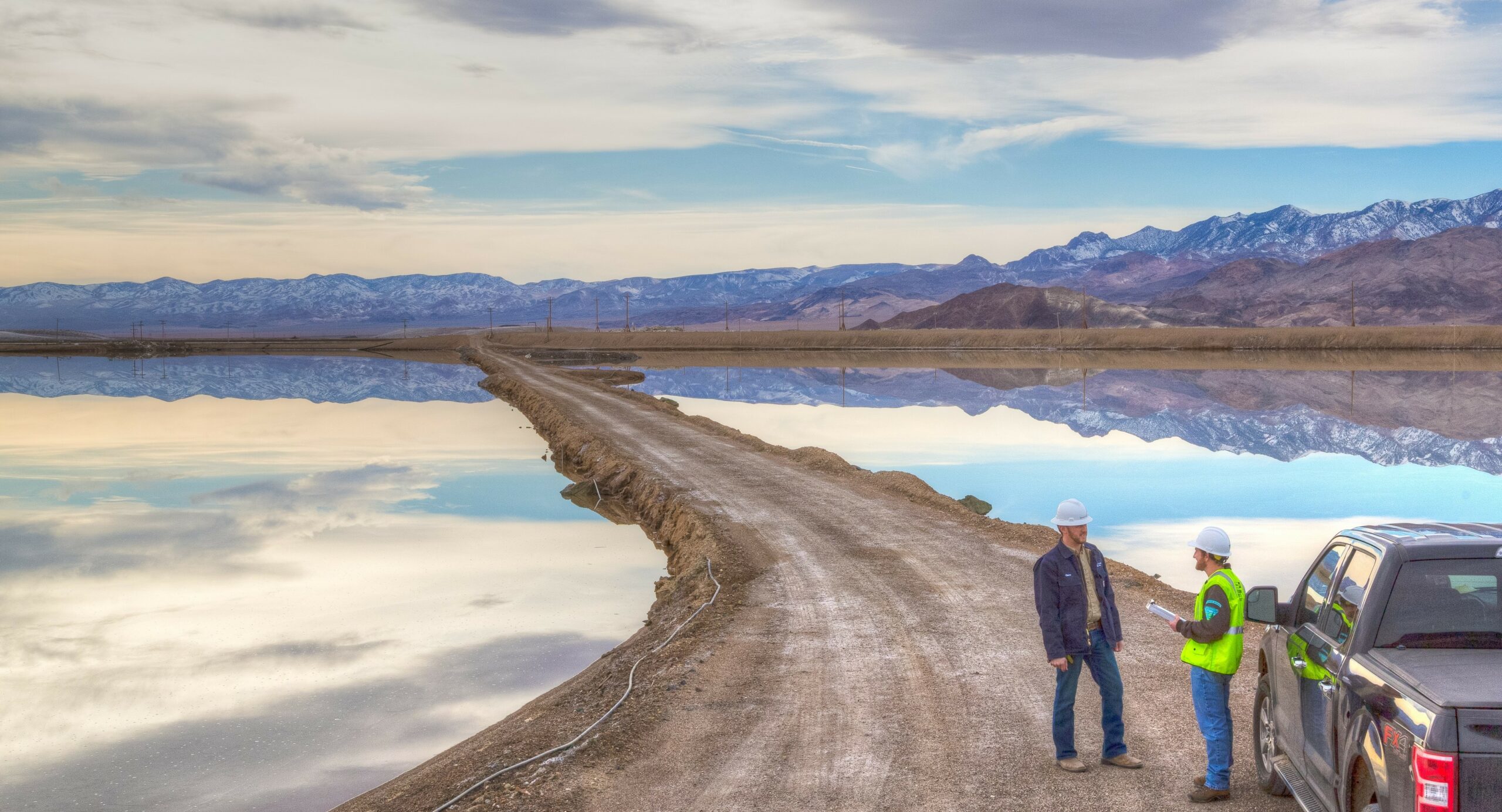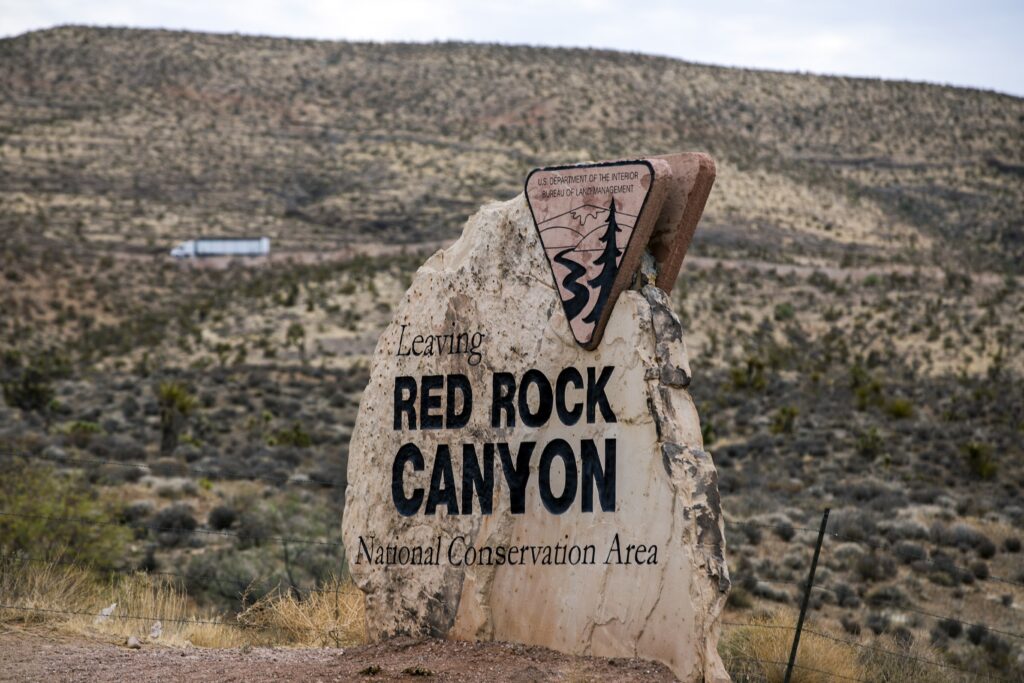What ramping up the supply chain for electric vehicles means for Nevada

Good morning, and welcome to the Indy Environment newsletter.
As always, we want to hear from readers. Let us know what you’re seeing on the ground and how policies are affecting you. Email me with any tips or suggestions at [email protected]
To get this newsletter in your inbox, subscribe here.
The big thing to watch: President Joe Biden is expected to use the Defense Production Act this week in an effort to encourage domestic mineral production, Reuters’ Trevor Hunnicutt and Ernest Scheyder report. The goal is to shore up domestic supplies of key minerals (i.e. lithium, copper, graphite) that are needed to power large-scale batteries and electric cars as the globe works to transition away from an energy system that is still largely dependent on fossil fuels.
The announcement could have big implications for Nevada, which is being eyed by lithium developers and has the only active lithium mine (Silver Peak) in the country.
- The Reuters report said that using the Cold-era law “would not override the legal and regulatory hurdles imposed by the administration on mining projects.” But it is hard to imagine that the use of the Defense Production Act would not put pressure on public land managers to speed up and expedite the environmental permitting of new mines. Lithium extraction and recovery projects vary in size, scope and technology. Yet some projects can have large-scale impacts on wildlife, communities and natural resources, including water. Environmentalists have pushed back against expedited mine permitting, calling for a thoughtful and inclusive process that considers a broad range of impacts.
- More from Bloomberg on the implications of invoking the law: “Adding minerals like lithium, nickel, graphite, cobalt and manganese to the list could help mining companies access $750 million under the Defense Production Act’s Title III fund, the people said. The move also could aid recycling of battery materials, one of the people said.”
As I wrote about last year, Nevada politicians and companies are seeing the state, increasingly, as a central node in the domestic electric vehicle supply chain — with dozens of proposed projects focused on mining, recycling and recovering battery minerals, including lithium.
- One of the most-discussed projects is north of Winnemucca, at the base of Montana Mountains in an area known as Thacker Pass. The planned Thacker Pass mine would tap into what is considered one of the largest known lithium deposits in North America. But Indigenous communities, local citizens and conservationists have raised concerns about the mine’s social, cultural and environmental impacts (I wrote more about those concerns last year). Last week, Western Watersheds Project, one of the environmental groups challenging the project in court, asked federal land and wildlife managers to revisit an environmental review for the project after the group received a map showing that the company was planning to build a “man camp” at a ranch close to the mine site. The Elko Daily Free Press’ Timothy Burmeister wrote more about the letter and the issue.
In an email, Tim Crowley, vice president of government affairs and community relations for Lithium Americas, the company behind the project, said the claim that a “man camp” is being built is “not true.” He said the construction workforce of about 1,000 people plan to live in Winnemucca, about an hour away from the rural ranching communities around Thacker Pass. He said the map described as a “man camp” is intended to only provide housing for about 20 senior managers “during the intense construction phase.”
- The Montana Mountains (and the lithium deposit Thacker Pass is eyeing) crosses over the Nevada-Oregon border. Oregon Public Broadcasting’s Bradley W. Parks wrote about an exploration project and the lithium rush on the Oregon side.
- The Sisolak administration OK’d tax breaks for a lithium company at an economic development meeting in March. (Reno Gazette Journal)
- Ioneer's Rhyolite Ridge project, southwest of Tonopah, announced a memorandum of understanding with NexTech, a Carson City battery company, this week. Ioneer, an Australian-based company, is looking to develop a lithium-boron mine in the area. That mine proposal, however, would overlap with the only known habitat of an endemic plant species, Tiehm’s buckwheat. Federal wildlife managers are currently considering how to protect the wildflower from threats under the federal Endangered Species Act. Mining, along with herbivores, grazing and climate change, are considered threats to the plant.

The rise of the pumped storage project in the desert: KLAS’ Duncan Phoenix reported on a developer hoping to permit a hydropower project just outside of the Red Rock Canyon National Conservation Area. The plan is to build what is known as a pumped energy storage project (you can read more about it here). But in general, these projects cycle water between two reservoirs at different elevations in a closed-loop system.
When water is released from the upper reservoir, the force of the water helps make turbines spin and generate hydropower as it makes its way to the lower reservoir. Once it fills the lower reservoir, water is pumped back to the upper reservoir, ideally when there is excess solar power on the grid. Pumped storage is attractive to utilities and energy experts, as it provides a way to help balance the grid without using fossil fuels.
But the projects, for one, require a lot of water and have big implications for land use. And many are being proposed in places where there is not much water. These projects also interact with a complicated system of water rights and governance structures that dictate water use.
Pumped storage projects are being proposed all over Nevada, and they are worth watching. NV Energy is also eyeing pumped storage. In a filing, the utility recently asked regulators to approve $3.5 million to continue studying a pumped storage project in White Pine County.

Declines at Lake Powell are serious and should be taken seriously. The Salt Lake Tribune’s Zac Podmore looks at declining elevations at Lake Powell and a decision to end a program that sought to leave more Colorado River water in the reservoir. Along with Lake Mead, Lake Powell is one of two critical reservoirs to store Colorado River, and it hit a historic low earlier this year.
The lede captures what’s going on perfectly: “The Glen Canyon Dam may be one step closer to losing its ability to generate hydropower after water managers in Colorado announced last week that they will stop exploring one proposal to prop up the rapidly depleting levels in Lake Powell.”
- These Lake Powell photos, by Justin Sullivan, are staggering and speak for themselves.
“A coalition of four Native American tribes is lobbying for the establishment of a sweeping new national monument surrounding a Navy bombing range in central Nevada in order to permanently protect the area’s cultural and natural resources,” The Huffington Post’s Chris D’Angelo reported in an excellent article last week. “Two leaders of the Fallon Paiute Shoshone Tribe met with senior Biden administration officials and members of Congress this week to pitch their vision for a Numu Newe National Monument spanning nearly 3 million acres of federal lands that are the ancestral home of the Paiute and Shoshone people."
The NV Energy Foundation is giving a $150,000 grant to the Desert Research Institute to help better model wildfire and smoke. The grant comes after several years of smoke-filled summers in Western Nevada, the result of large-scale wildfires in the Sierra Nevada. The goal of the project is to produce a model that can help the utility’s fire mitigation team (reducing fuel and fire risk) and other officials involved in firefighting.
In a statement Wednesday, Tim Brown, who directs the Desert Research Institute’s Western Regional Climate Center, said “this tool will be useful to wildfire fighting operations as well as for prescribed fire planning, which is essential to getting some of our fire-adapted ecosystems back into balance.”
- UNR also got a $150,000 National Science Foundation grant for a “Nevada Water” program, KNPR’s Kristen DeSilva reported this week.
Kinross, a mining company that operates in Nevada, will divest Russian assets (Elko Daily Free Press)
One final note: Mojave Max emerged from his burrow last weekend, signaling the start of spring in Southern Nevada. (Review-Journal)
